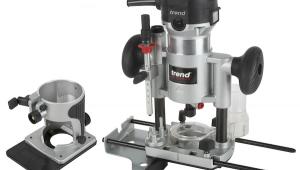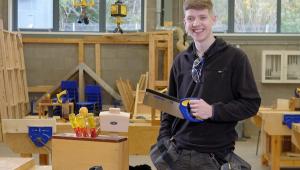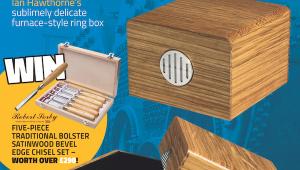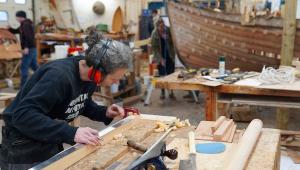Book review – British Saws: A History and Collector’s Guide
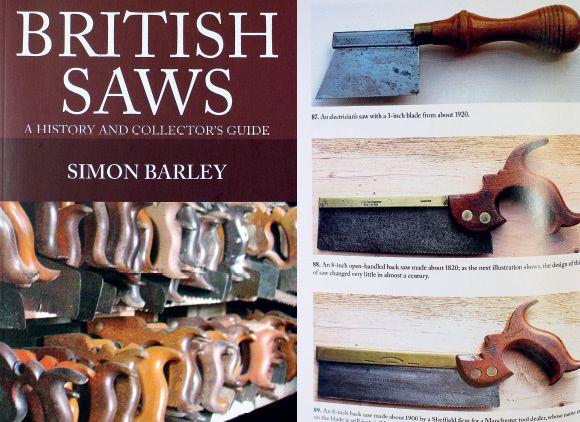
Book review – British Saws: A History and Collector’s Guide
A fascinating introduction to British saws
Using a wide range of photographs, Simon Barley provides a rich and insightful collector’s guide to British saws
I think it goes without saying that the average woodworker enjoys the sight and feel of some decent hand tools, and I expect we’ve all got one or two favourites that have a family history or are just vintage classics of their kind. Many people go in for collecting tools and, while they might make an attractive display or illustrate the origin and development of a particular tool, I think it’s even better if you can still get some use out of them.
A fascinating introduction
Simon Barley has written a fascinating introduction to an enormous world of hardened steel, brass and hardwood, and details the growth of the saw making industry in Britain as it grew to become the biggest in the world. Saw making on a serious scale started in the 18th century, and followed the rise of the Industrial Revolution, with production peaking in the latter half of the Victorian era. There’s some fascinating history of the early years, and plenty of illustrations and photos to support it. It’s not until you read a book like this that you start to realise the enormity of the subject. Most of us like to think we know a fair bit about most things (and when it comes to woodworking matters well, even more so), but I for one am comfortable with declaring my relative ignorance on many aspects of the saw making story.
Generously illustrated
This is the sort of book which is a delight to leaf through, and it’s generously illustrated with photos of a huge range of saws and archive publicity material from years past. There’s plenty of information regarding saw identification, and lots of contact details for anyone who wants to conduct their own investigation into a specific brand or type of saw. I enjoyed learning about the development of the panel saw (more of a generic term that covered the standard saw with no reinforced ‘back’) and the different shapes of blade that came about to suit the varying requirements of a wide variety of trades. Henry Disston is a name known to most, an Englishman who set up saw making in Philadelphia and went on to produce some of the best saws in the world. He was also responsible for the ‘skew back’ design (slightly hollow top edge) in the 1870s, which negated the need for the decorative nib on the standard straight-backed equivalent.
The importance of decoration
Decoration played an important part in saw manufacture, as firms strove to make their saws look important and of the highest quality available. Blades were etched with elaborate logos and script in a flowing hand, and any number of embossed brass medallions adorned the shapeliest of hardwood handles. The medallions themselves are collectable, but not all of them were unique and distinctive to a particular company. Export versions varied from home supply, and larger retailers could get their company name appended to a saw, generally on the brass back of a tenon saw or similar.
In summary
Since reading this book I will now be looking more closely at the rusty examples one often encounters beneath a trestle table at the boot fair.
- Review by Mark Cass, Editor of The Woodworker
FURTHER INFORMATION
Price: £14.99
Published by: Amberley Books
Read more great content in The Woodworker September 2017
For more great articles subscribe to The Woodworker today
- Log in or register to post comments
